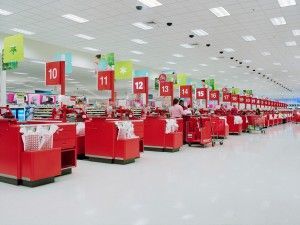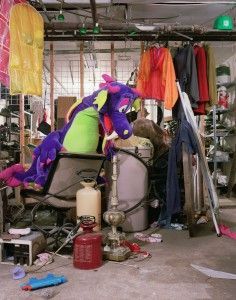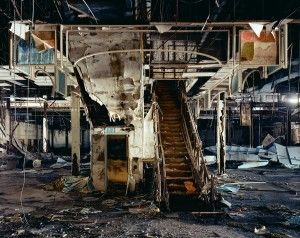Brian Ulrich: Copia – Retail, Thrift, and Dark Stores, 2001-11 at The Cleveland Museum of Art
It has been a busy summer. One of the projects we were working on was the Brian Ulrich exhibition at the Cleveland Museum. After looking at these images, I share Brian Ulrich's opinion about our consumer society and the excess and waste it creates. A reminder to all of us why photographers are important and how museums help the rest of us understand why. The following is the Cleveland Museum's description of the show.
The Cleveland Museum of Art presents the first major museum exhibition of contemporary photographer Brian Ulrich’s work from a decade-long examination of the American consumer psyche in Copia—Retail, Thrift, and Dark Stores, 2001-11. From the Latin word for “plenty,” the artist’s Copia series explores economic, cultural and political implications of commercialism and American consumer culture. The exhibition, featuring almost 60 photographs, will be on view from August 27, 2011 to January 16, 2012 in the museum’s east wing photography galleries.
“I had to see if people were indeed patriotic shopping in response to the events on September 11th,” says Brian Ulrich, photographer, referring to the beginning of his decade-long investigation. “Not only was it clear that this was the case, but standing in a big box store or shopping mall, I could see the entire trajectory of the 20th century economy and ideology playing out in the excess of goods and overwhelmed stares of the shoppers. Ten years later, I hope that these photographs serve to add as a marker in which we can learn about our behaviors, habits, comforts and purpose.”
The body of work in the exhibition, curated by Tom Hinson, the museum’s curator emeritus, is divided into three parts: Retail, Thrift and Dark Stores. For the work included in the Retail phase (2001-06), Ulrich traveled extensively throughout the United States. He initially used a hand-held camera with the viewfinder at waist level, which allowed him to remain anonymous while documenting shoppers engrossed in navigating the abundance of goods found in vast enclosed malls and big-box stores. The second phase, Thrift (2005-08), focuses on thrift stores, the collecting places for discarded and unwanted consumer products, and its workers, as they tried to bring order to the vast amounts of donated, discarded and unwanted consumer products. The concluding group, Dark Stores (2008-11), features images in which Ulrich explores the impact of the 2008 financial crisis with haunting architectural landscapes of abandoned buildings and empty parking lots that have become commonplace in towns across America. Photographs from the Cleveland area are featured in the Retail and Dark Stores sections of the exhibition.
More programming information and details are available at www.ClevelandArt.org.



